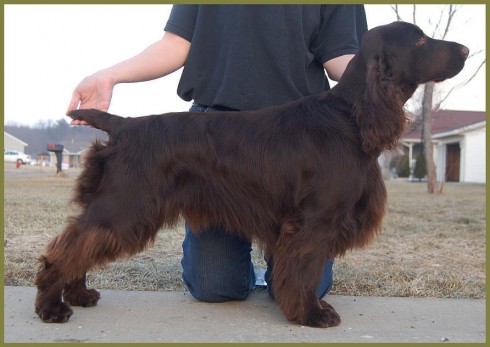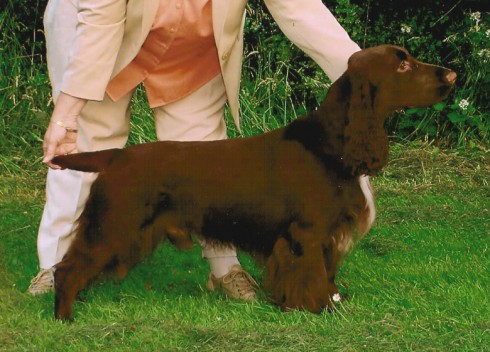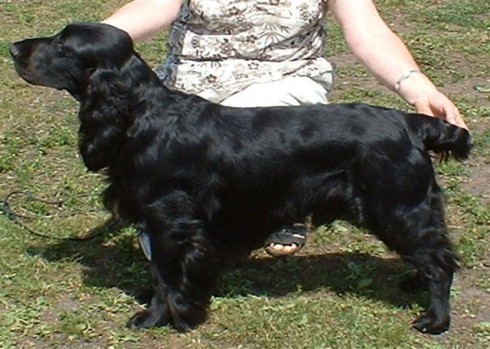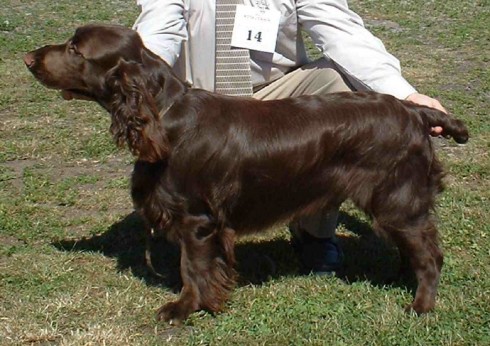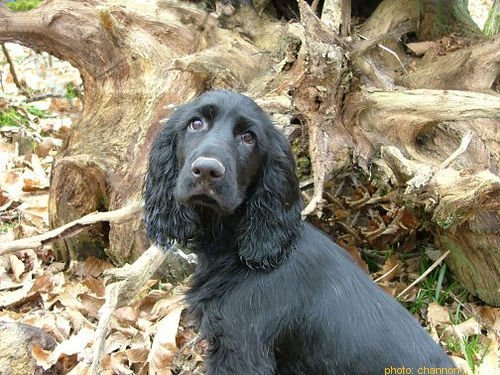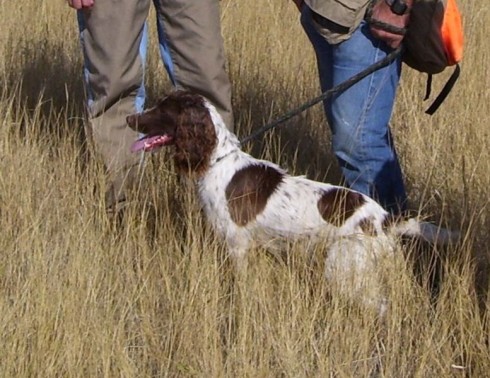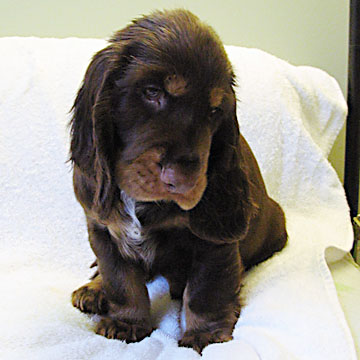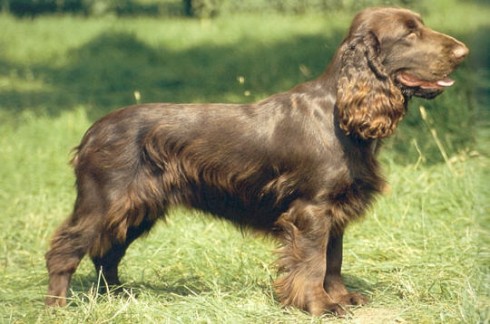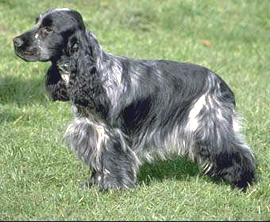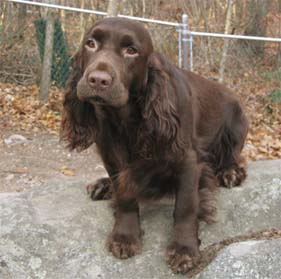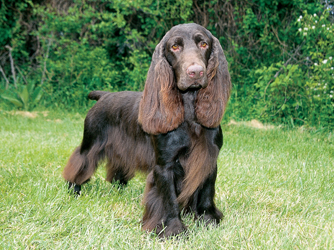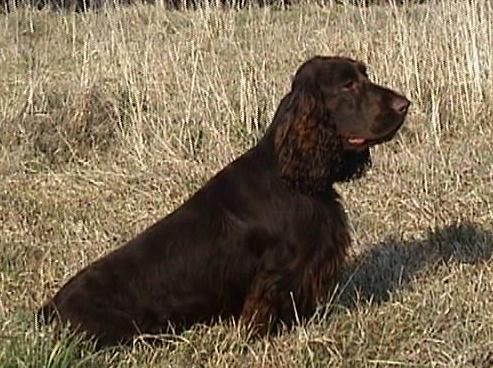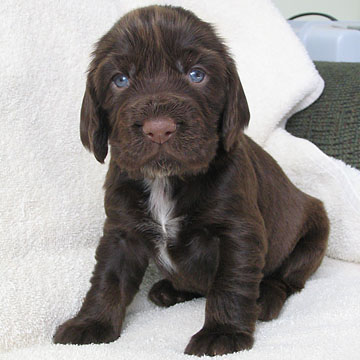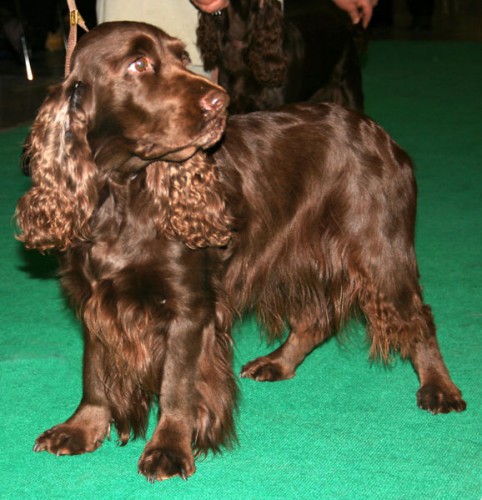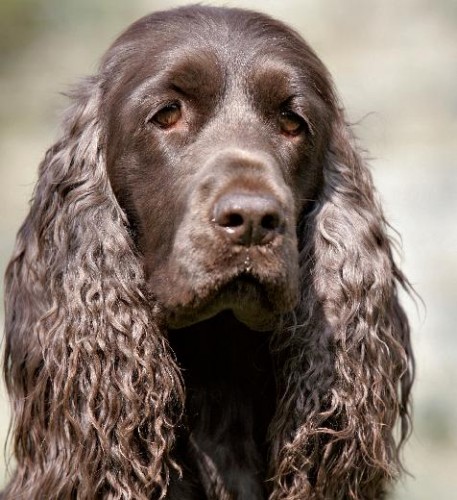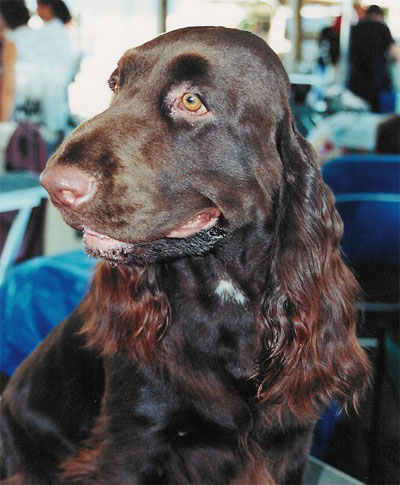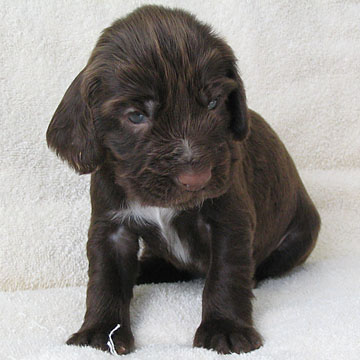Main Index
In Store
Our Web Store
Miniature Schnauzer Picture Gallery
Latest Dog Blogs
- What Are The Basic Commands To Train A Dog?
- PaySafe As The Most Popular Type Of Deposit
- Everything You Need To Know About Pet Sales
- Dogs Contribute To Our Physical And Mental Well Being
- How To Choose Where To Bet On Greyhounds In 2022
- Volunteer With Animals - How To Help Dogs Around The World
- Basic Understanding Of The House Edge
- Why You Should Get A Dog
- Top 20 Popular Dog Names Around The World
- Constipation in Dogs and How to Find Solutions
Field Spaniel
Field Spaniel Clubs/Associations
The Full Field Spaniel Description
Eager and hardworking, with a good scenting ability, the Field Spaniel is an enthusiastic retriever with great endurance and noble attitude. He is an active and energetic dog who can live anywhere as long as he gets lots of daily exercise.
So you want to own a Field Spaniel?
The Field Spaniel needs to be a useful member of the family and may be trained to work as a hunter, obedience dog or in tracking.
The Field Spaniel combines energy and the enthusiasm for hunting with the affectionate personality of a companion dog.
Indicative Breed Standard
General Appearance
Well balanced, noble, upstanding sporting Spaniel built for activity and endurance.
Characteristics
Ideal for rough shooting or companion for the country dweller. Not suitable for city.
Temperament
Unusually docile, active, sensitive, independent.
Head and Skull
Conveys the impression of high breeding, character and nobility. Well chiselled, occiput well defined, lean beneath eyes. A thickness here gives coarseness to whole head. Slightly raised eyebrows. Moderate stop. Nose well developed with good open nostrils. Muzzle long and lean neither snipy nor
squarely cut. In profile curving gradually from nose to throat.
Eyes
Wide open but almond-shaped with tight lids showing no haw. Grave and gentle in expression. Dark hazel in colour.
Ears
Moderately long and wide, set low and well feathered.
Mouth
Jaws strong with a perfect, regular and complete scissor bite, i.e. upper teeth closely overlapping lower teeth and set square to the jaws.
Neck
Long, strong and muscular enabling dog to retrieve his game without undue fatigue.
Forequarters
Shoulders long and sloping and well laid back. Legs of moderate length. Straight, flat bone.
Body
Chest deep and well developed. Ribs moderately well sprung. Length of rib cage is 2two-thirds of the body length. Back and loin strong, level and muscular.
Hindquarters
Strong, muscular; stifles moderately bent. Hocks well let down.
Feet
Tight, round with strong pads and not too small.
Tail
Customarily docked. Docked: Docked by one third. Set on low. Never carried above level of back. Nicely feathered, with lively action. Undocked: Set low. Never carried above level of back. Nicely feathered with lively action. Reaches approximately to the hocks. Of moderate length in balance with the rest of
the dog.
Gait/Movement
Long, unhurried stride with great drive from the rear. Short, stumping action undesirable.
Coat
Long, flat, glossy and silky in texture. Never curly, short or wiry. Dense and weatherproof. Abundant feathering on chest, under body and behind legs, but
clean from hock to ground.
Colour
Black, liver or roan. Any one of these with tan markings. In self-coloured dogs white or roan on chest permissable. Clear black/white or liver/white unacceptable.
Size
Height: approximately 46 cms (18 ins) at the shoulders. Weight: between 18-25 kgs (40-55 lbs).
About Our Article Directory
- Article
- 27 November 2010
- 2 comments
Canis lupus familiaris
- Breed Article
- 29 May 2010
- No comments
Quick Search
Donate
Latest Dog Pods
- Tips on How to Stop Your Dog from Biting
- Beware - Not All Advertised Dog Rescues Really Are! How Can You Know The Truth?
- Helpful Tips For Dog Obedience Problems
- How to Keep Dogs From Eating Poop
- Dog Grooming Tips - A General Overview of the Very Basics of Dog Grooming
- Recognising Different Types of Dog Obedience Problems
- 5 Important Tips On Feeding A Puppy


